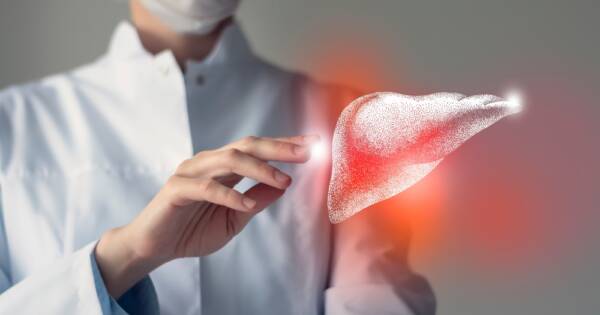Post-Traumatic Stress Disorder (PTSD) profoundly impacts mental health, affecting behavior and emotional well-being after traumatic events. With symptoms spanning from intrusive memories and avoidance to emotional disturbances, PTSD challenges individuals of all ages, including children. Risk factors such as previous trauma can exacerbate vulnerability, but treatments like cognitive-behavioral therapy and support networks offer hope. Delving into the complexities of PTSD helps foster understanding and encourage effective paths to recovery.
Understanding Post-Traumatic Stress Disorder (PTSD)
Post-Traumatic Stress Disorder, commonly known as PTSD, is a severe mental health condition triggered by experiencing or witnessing traumatic events such as natural disasters, combat, or personal assaults that lead to significant psychological disturbances. It can manifest in various forms, typically affecting one’s emotional and physical wellbeing. PTSD not only disrupts daily life but can also coexist with other mental health conditions, heightening overall distress and impact on quality of life.
Recognizing the Symptoms
The symptoms of PTSD are categorized into four main types: intrusion, avoidance, negative changes in mood and thinking, and heightened arousal and reactivity. Intrusive memories often manifest as flashbacks or nightmares that can provoke severe distress or physical responses in sufferers. Avoidance behaviors may include steering clear of thoughts, feelings, or any reminders of the trauma, thus mitigating emotional pain linked with certain stimuli.
The Emotional and Physical Reactions of PTSD
PTSD also disturbs emotional regulation and affects mood, leading to persistent feelings of guilt, negativity, or detachment. This can severely hinder personal relationships and lead to isolation and withdrawal from social activities. The affected individuals might experience heightened arousal and reactivity, evidenced by irritability, insomnia, or exaggerated reactions to minor provocations that disrupt their mental state.
Children and PTSD
Children can develop PTSD as well, though their symptoms may seem different from those of adults. Younger children may regress in behavior, such as bedwetting, or they might display irrational fears and reenact the traumatic event through play indicative of their distress. Older children might display disrupted and careless behavior, impacting their academic performance and relationships negatively.
Causes and Risk Factors
Several factors may increase an individual’s risk of developing PTSD, including the severity of the traumatic event, previous trauma exposure, and lack of support systems which can exacerbate vulnerability. Early life trauma or multiple traumas and personal or familial history of mental disorders also elevate risk by weakening coping mechanisms.
Treatment and Management
PTSD treatment primarily involves psychotherapy, notably cognitive-behavioral therapies like CBT, EMDR, and trauma-focused CBT, which have shown significant efficacy in managing the condition by addressing cognitive processes. Medications may also be prescribed to handle specific symptomatic complaints, although no medications are exclusively approved for treating PTSD comprehensively.
The Path Forward: Support and Coping Strategies
Fostering a robust support network is crucial in PTSD management. Engaging with community, family, friends, or faith groups offers significant emotional support to bolster recovery. Healthy lifestyle choices, avoidance of substance abuse, and participating in support groups can further enhance recovery by promoting stability.
Why You Should Learn More About PTSD Today
Understanding PTSD is vital for fostering supportive environments for those affected. By recognizing the symptoms, awareness can be raised, thereby encouraging sufferers to seek timely intervention and treatment. This awareness can lead to better emotional health outcomes and improved quality of life for individuals living with PTSD. Understanding the risk factors, early intervention strategies, and the potential for full recovery with appropriate care helps demystify the disorder, allowing society to break stigmas and promote healing.
Sources
In-depth exploration of PTSD symptoms and treatments
National insights on PTSD and therapeutic interventions


